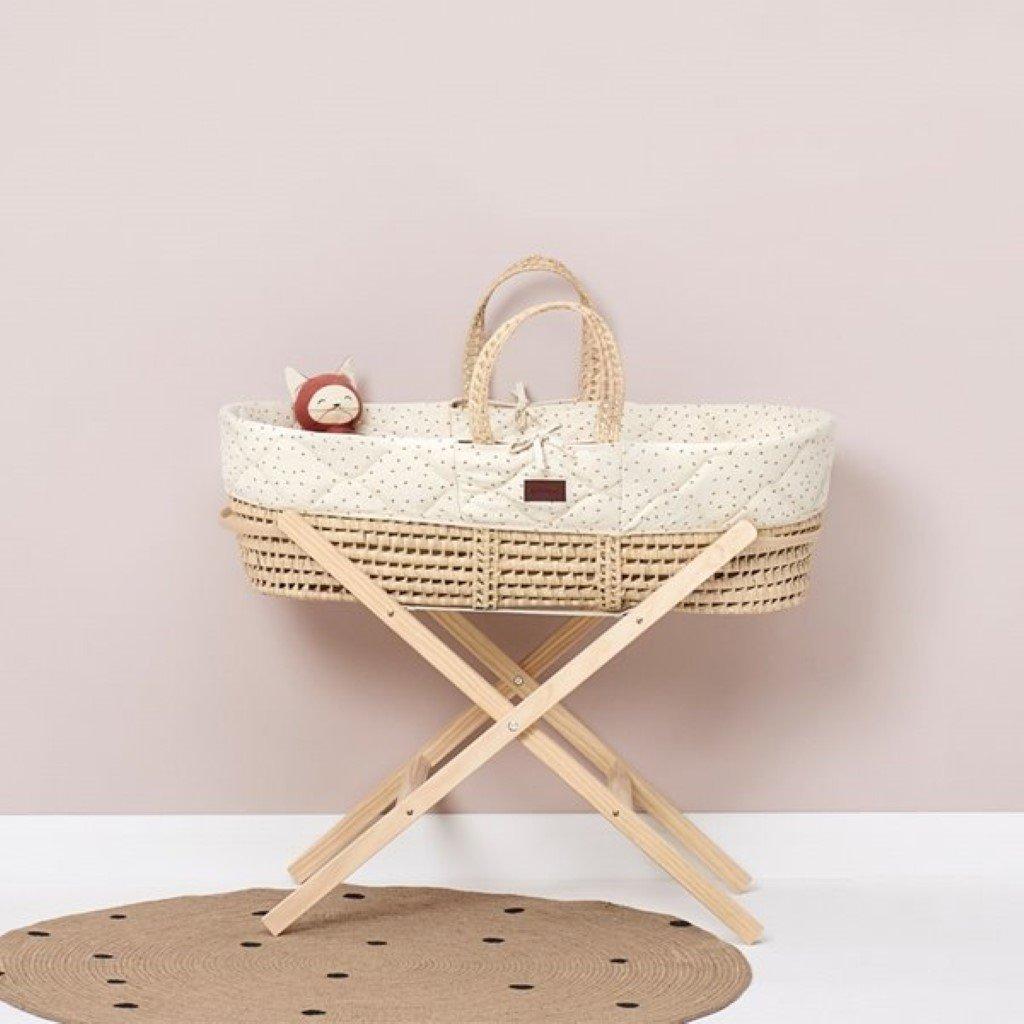How to Maintain Wooden Furniture in Canada’s Climate
Canada’s weather can be harsh on wooden furniture. From dry winters to humid summers, wood reacts to temperature and moisture changes. If you own dining room furniture, you need to protect it from cracks, swelling, and fading. With proper care, your furniture stays strong and beautiful for years.
Why Climate Affects Wooden Furniture
Wood is natural. It absorbs and releases moisture depending on the environment. In winter, indoor heating removes moisture from the air. This dryness makes wood shrink or crack. During summer, humidity rises. The wood swells and sometimes warps.
By learning how to manage temperature and humidity, you can prevent most damage.
Choosing the Right Spot for Dining Room Furniture
The first step is furniture placement. Direct sunlight, heaters, and air conditioners dry out the wood. Keep dining room furniture away from vents, radiators, and sunny windows. Even the best dining room chairs or tables can fade or crack with constant heat exposure.
Using curtains or blinds can help reduce sun damage on wooden surfaces.
Controlling Indoor Humidity
Humidity plays a big role in the life of wooden furniture. Ideal indoor humidity is between 40–50%. Anything too low dries the wood. Too high makes it swell.
Use a humidifier in winter. In summer, a dehumidifier keeps moisture levels in check. This balance prevents your dining table sets and chairs from warping or splitting.
Cleaning Wooden Furniture the Right Way
Dust and dirt scratch wood surfaces over time. Always use a soft, dry cloth for dusting. For deeper cleaning, use a slightly damp cloth, then dry immediately.
Avoid harsh chemicals or too much water. These damage the wood finish and allow moisture to seep in. Special wood cleaners designed for dining room furniture are best.
Polishing and Oiling for Long-Lasting Shine
Wood needs nourishment to stay strong. Polishing every six months keeps the surface shiny and protected. Use high-quality polish or natural oils.
Linseed or tung oil works well for most wooden furniture. Apply lightly with a soft cloth and let it soak in before wiping the excess.
Protecting Furniture from Scratches
Scratches reduce the beauty and lifespan of wood. Always use coasters under cups and mats under hot dishes.
For dining table sets, tablecloths or runners give extra protection. Small felt pads under vases or décor prevent scratches on polished surfaces.
Seasonal Care Tips for Canadian Homes
1. Winter Care
-
Keep furniture away from heating vents.
-
Use humidifiers to prevent dryness.
-
Polish wood to maintain moisture balance.
2. Summer Care
-
Use curtains to reduce sun exposure.
-
Maintain humidity with dehumidifiers.
-
Clean surfaces more often to remove dust buildup.
Caring for Dining Room Chairs
Dining room chairs face constant use. Tighten screws and joints regularly. Apply polish on wooden legs to prevent drying and cracking.
If your chairs have upholstered seats, vacuum them weekly to remove dust and crumbs.
Bar Stools Care During Seasonal Changes
For homes with bar stools for sale, keep them away from direct sunlight. Sunlight fades both wood and fabric seats. Regular polishing prevents cracks in wooden frames.
Dining Table Sets: Special Maintenance Tips
Dining table sets see heavy use daily. Clean spills immediately to avoid stains. Use placemats during meals. Reapply protective finishes like varnish or oil yearly to keep the surface resistant to moisture and heat.
Restoring Old Wooden Furniture
Over time, furniture loses its shine. Sanding and refinishing bring back its original beauty. For deep scratches or water rings, furniture repair kits help restore surfaces at home.
Storing Wooden Furniture During Extreme Weather
If you plan to store furniture during renovations or long trips, cover it with cotton sheets. Avoid plastic covers as they trap moisture, causing mold growth.
Store in temperature-controlled spaces, not in damp basements or hot attics.
Why Quality Matters When Buying Dining Room Furniture
High-quality wood lasts longer. Hardwoods like oak, maple, and walnut resist damage better than softwoods. When buying new dining room furniture, ask about the type of wood and its finishing process.
Better construction means fewer problems during Canada’s seasonal changes.
Eco-Friendly Cleaning Options
Chemical-free cleaners like vinegar-water solutions work well for routine cleaning. However, always test on small areas first to ensure it doesn’t harm the finish.
Common Mistakes to Avoid
-
Never place hot pans directly on wood.
-
Don’t use too much water for cleaning.
-
Avoid placing heavy items in one spot for long periods.
FAQs
1. How often should I polish my wooden dining table?
Polish every six months or sooner if the surface looks dry or dull.
2. Can I use vinegar for cleaning wooden furniture?
Yes, but mix it with water and use sparingly. Always dry the surface after cleaning.
3. What humidity level is best for wooden furniture in Canada?
Keep indoor humidity between 40–50% year-round to prevent cracking or swelling.
4. How do I protect wooden furniture from scratches?
Use coasters, mats, and felt pads under décor items and dishes.
5. Can sunlight damage my dining room furniture?
Yes, prolonged exposure fades color and dries wood. Use curtains or blinds for protection.
6. How do I store wooden furniture during long trips?
Cover with cotton sheets and store in climate-controlled rooms to prevent moisture damage.








